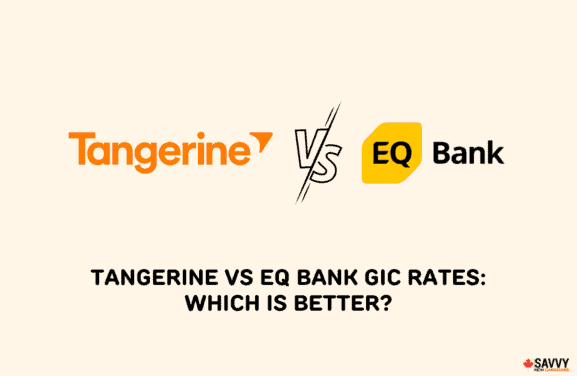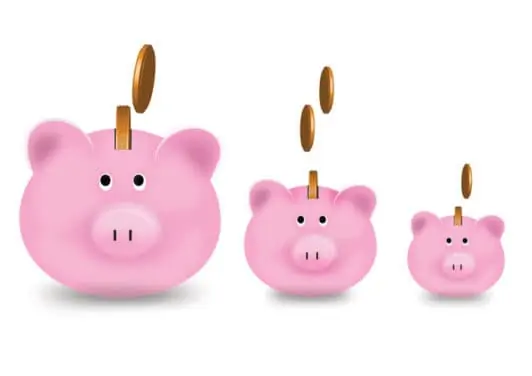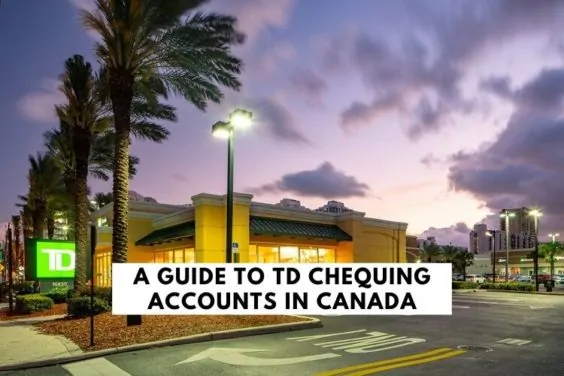A cheque is a paper document that instructs a bank to pay a specific sum of money to an individual organization whose name is written on it.
While paper cheques and their usage are not as common as they once were with the rise of electronic alternatives like Interac e-Transfers, you may still need to write a cheque every now and then.
And sample cheques come in handy when you need to set up direct deposit with your employer or clients.
This guide details how RBC sample cheques work, how to fill out an RBC cheque, and how to print an RBC void cheque online.
How To Get an RBC Sample or Void Cheque
You can create an RBC void cheque by writing “VOID” across the front of the cheque using a dark pen (with black or blue ink) or a permanent marker.
You can also easily print off an RBC void cheque from your online banking by following these steps:
- Sign in to RBC Online Banking
- Click on “Account Services” and select “View and Print Void Cheque”
- Select the bank account you want to print a void cheque for
- Agree to RBC’s disclaimers and click on “Next”
- You can now view your void cheque and print it
You can also use online banking to print an RBC direct deposit form. From “Account Services,” select “Payroll Deposit Forms.”
Choose the account you want your payments to be deposited in, click on “Next” and you can view and print off your direct deposit form.
The difference between the void cheque and your direct deposit form is that for the direct deposit form, you have a section at the bottom containing your employee number (if applicable), signature, and date.
RBC’s void cheque and direct deposit form contain all the information that would normally be on a cheque (i.e. transit number, institution number, and account number).
You can give a copy of this to anyone looking to set up direct deposit or pre-authorized debit to and from your bank account.
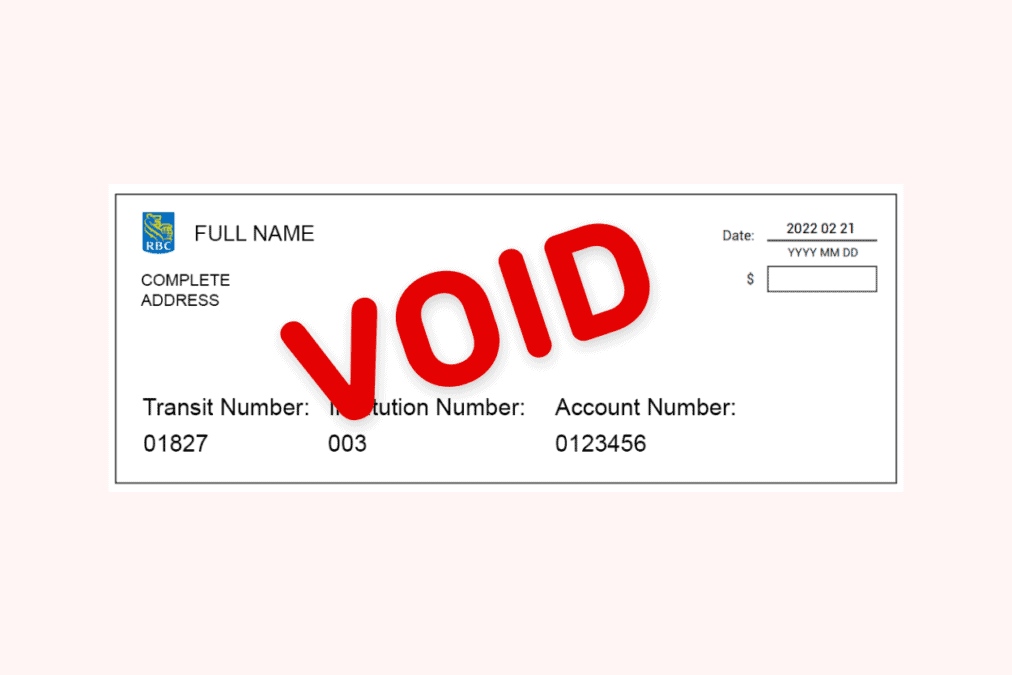
Related: Best Virtual Prepaid Cards in Canada
How To Write an RBC Cheque
You can easily write an RBC cheque by following these steps:
- Fill in the date in the upper right corner of the cheque.
- Write the name of the beneficiary or payee on the line where it says “Pay to the order of.”
- Enter the amount of money you want to pay on the line under the payee’s name. If the sum includes cents, you can add them in the “ /100” area. For example, $99.50 can be written as “Ninety nine dollars and 50/100”. You should also fill out the box where you have the “$” sign with the amount in figures.
- Fill out the “Memo” section with the reason for the payment. For example, “March babysitting.”
- Sign the cheque at the bottom left corner to make it official.
How To Read an RBC Void Cheque Sample
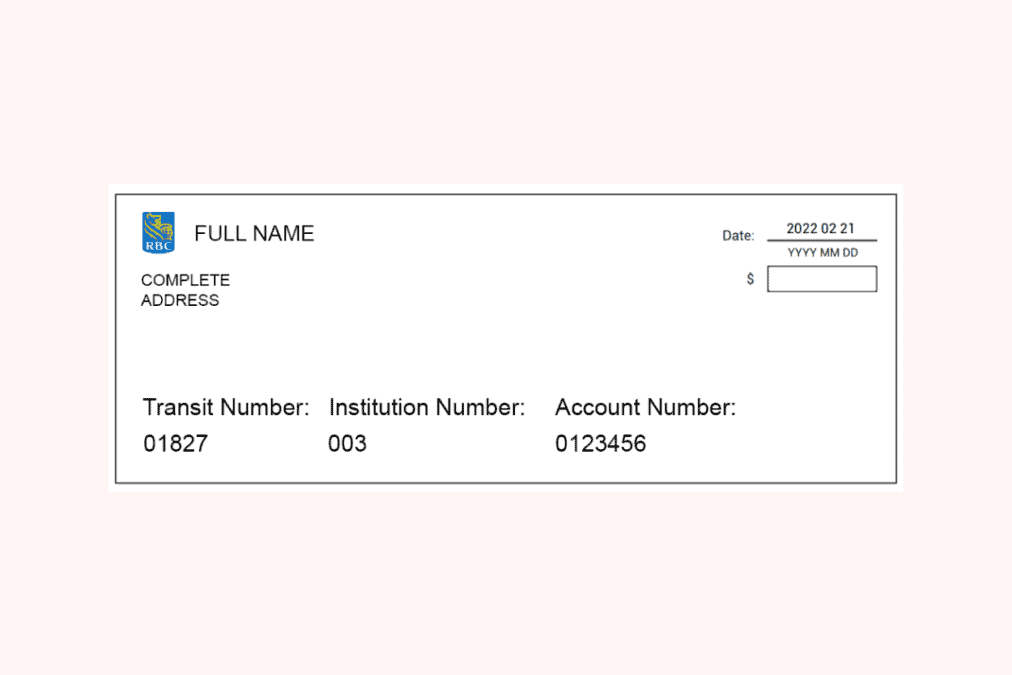
A sample cheque is often required when setting up direct deposits to your bank account or pre-authorized debits (such as loan repayments, rent, or childcare).
Since cheques contain all your bank account information, the recipient can easily use the numbers on them to set up a connection to your bank account – both for deposits and withdrawals.
A Royal Bank of Canada (RBC) sample cheque is also referred to as an RBC “specimen” or “void” cheque.
So, what information does an RBC void cheque sample provide?
1. Name: Your name is printed at the top of the cheque. This indicates you (the “drawer”) who owns the bank account from which funds are being withdrawn. Your home address is also printed under your name.
2. Beneficiary (payee): This section is where you write the name of the individual or organization to whom you are making a payment. For a void or sample RBC cheque, this section is left blank.
3. Bank account and branch details: This section includes the bank name and the address of the bank branch where your account is held.
4. Cheque number: This 3-digit number is what the bank uses to identify the cheque transaction in your bank statement. On your RBC cheque, the transit number is shown at the far left bottom of the MICR (Magnetic Image Character Recognition) encoding line and at the top right corner of the cheque.
5. Transit (branch) number: This 5-digit number refers to the specific bank branch where you initially opened your bank account.
6. Financial institution number: This 3-digit number is also referred to as the bank code. RBC Canada Trust’s institution code is 003. This institution number stays the same regardless of which RBC bank branch you use.
7. Account number: This 7-12 digit number identifies your bank account. RBC bank account numbers are 7 digits long and have two dashes or spaces.
When you combine RBC’s institution number and transit number and add a leading zero “0”, you get your routing number.
RBC Sample Void Cheque FAQ
You can print off an RBC void cheque from your RBC online banking account.
The cost of RBC cheques varies depending on the amount you order and the style you choose. Some premium RBC accounts offer free personalized cheques.
Over-the-counter RBC cheques cost $2; however, this service has been discontinued, and you can no longer get a cheque at the branch.
You can order RBC cheques online for a fee. While you can print your own cheques, they will need to meet certain requirements, including ensuring that your bank account information is written in magnetic ink.
Related:

